How to Calculate AI ROI Before You Start
CFOs hate AI projects. Not because they're anti-innovation, but because most AI business cases read like science fiction. "AI will transform our operations" doesn't translate to budget approval when you're asking for six-figure investments.
The solution isn't better storytelling—it's better math. Here's how to build an AI ROI calculation that survives financial scrutiny and gives you realistic expectations before you start.
Start With Time, Not Technology
The most reliable AI ROI calculations begin with hours, not algorithms. AI's primary value is automating cognitive work that currently requires human time. If you can't identify specific time savings, you're probably not ready to calculate ROI.
The Time Audit Process: Pick one process you're considering for AI automation. Track how much time your team actually spends on it over two weeks. Not estimates—actual logged time. Include not just the primary task but related activities like data gathering, quality checking, and rework.
For example, if you're evaluating AI for contract review, measure the total time from receiving a contract to final approval, including lawyer review, revision cycles, and administrative handling.
Calculate Your True Hourly Cost
Most companies dramatically underestimate the real cost of employee time. Your calculation needs to include salary, benefits, overhead, and opportunity cost.
The Full-Cost Formula:
Base salary + benefits (typically 1.3x salary)
Overhead allocation (office space, IT, management - usually 1.5x loaded salary)
Opportunity cost: What else could this person do with freed-up time?
A $75,000 analyst actually costs you about $150,000 annually in total economic impact. That's $75 per hour, not the $36 you get from simple salary division.
Build Conservative Savings Estimates
AI implementations rarely achieve 100% automation on day one. Build your ROI model using conservative efficiency gains that account for reality:
Year 1: 25-40% time savings (learning curve, integration issues) Year 2: 50-70% time savings (optimization, expanded use cases) Year 3+: 60-80% time savings (full integration, process refinement)
Never model 90%+ time savings unless you're completely eliminating a role, which brings additional costs like severance and change management.
Account for Hidden Implementation Costs
Most AI ROI calculations focus on software costs and miss the expensive stuff. Include these often-overlooked expenses:
Data Preparation: Plan for 6-12 months of data cleaning and integration work. Budget $50,000-$200,000 depending on your data complexity.
Change Management: Someone needs to manage adoption, training, and process changes. This typically requires 0.5-1.0 FTE for 12-18 months.
Ongoing Optimization: AI systems require continuous tuning. Budget 10-20% of implementation cost annually for maintenance and improvements.
Integration Costs: Connecting AI tools to existing systems often costs more than the AI software itself.
Create Multiple Scenarios
Build three ROI models: conservative, realistic, and optimistic. This gives you decision-making range and helps identify break-even points.
Conservative Model: Minimum viable savings with maximum likely costs Realistic Model: Expected savings based on industry benchmarks Optimistic Model: Best-case scenario if everything goes perfectly
If your conservative model doesn't show positive ROI within 24 months, reconsider the project. If your realistic model shows 200%+ ROI in year two, you probably have a winner.
The 24-Month Rule
AI investments should show positive ROI within 24 months or have clear strategic value that justifies longer payback periods. Technology moves too fast to bank on three-year paybacks for operational improvements.
Sample ROI Calculation
Problem: Customer service team spends 20 hours/week on repetitive email classification Current Cost: 20 hours × $45/hour × 52 weeks = $46,800 annually AI Implementation Cost: $60,000 (software + integration + training) Year 1 Savings: 30% efficiency gain = $14,040 Year 2 Savings: 60% efficiency gain = $28,080 24-Month ROI: ($14,040 + $28,080 - $60,000) / $60,000 = -30%
This project doesn't clear the 24-month hurdle, but expanding the use case to other departments might change the math.
Your Action Plan
Before your next AI vendor meeting, complete this exercise:
Document 40 hours of actual work time for your target process
Calculate true hourly costs including overhead
Build conservative savings estimates
List all implementation costs, including hidden ones
Create your three-scenario ROI model
Bottom Line: If you can't build a compelling ROI case before you start, adding AI won't magically create value. The math either works or it doesn't—and doing it upfront saves you from expensive learning experiences later.

